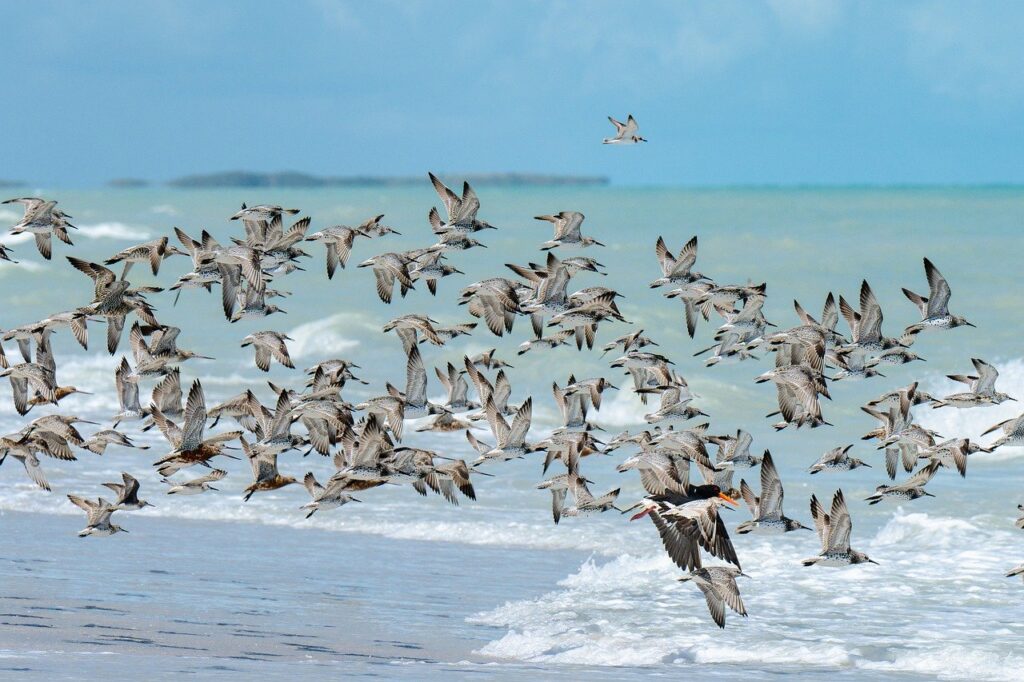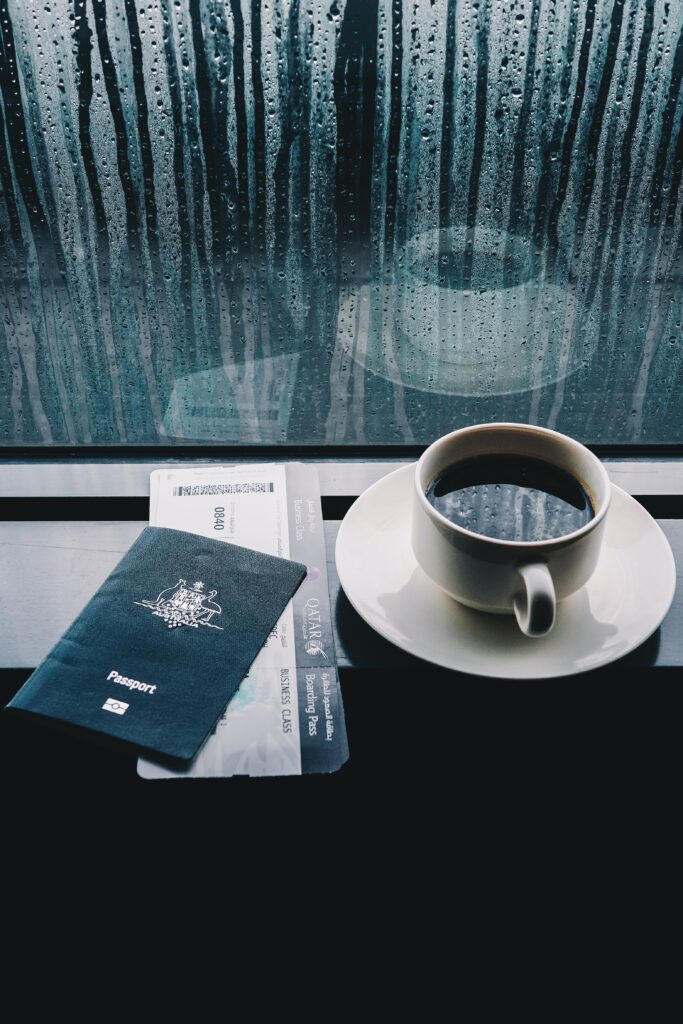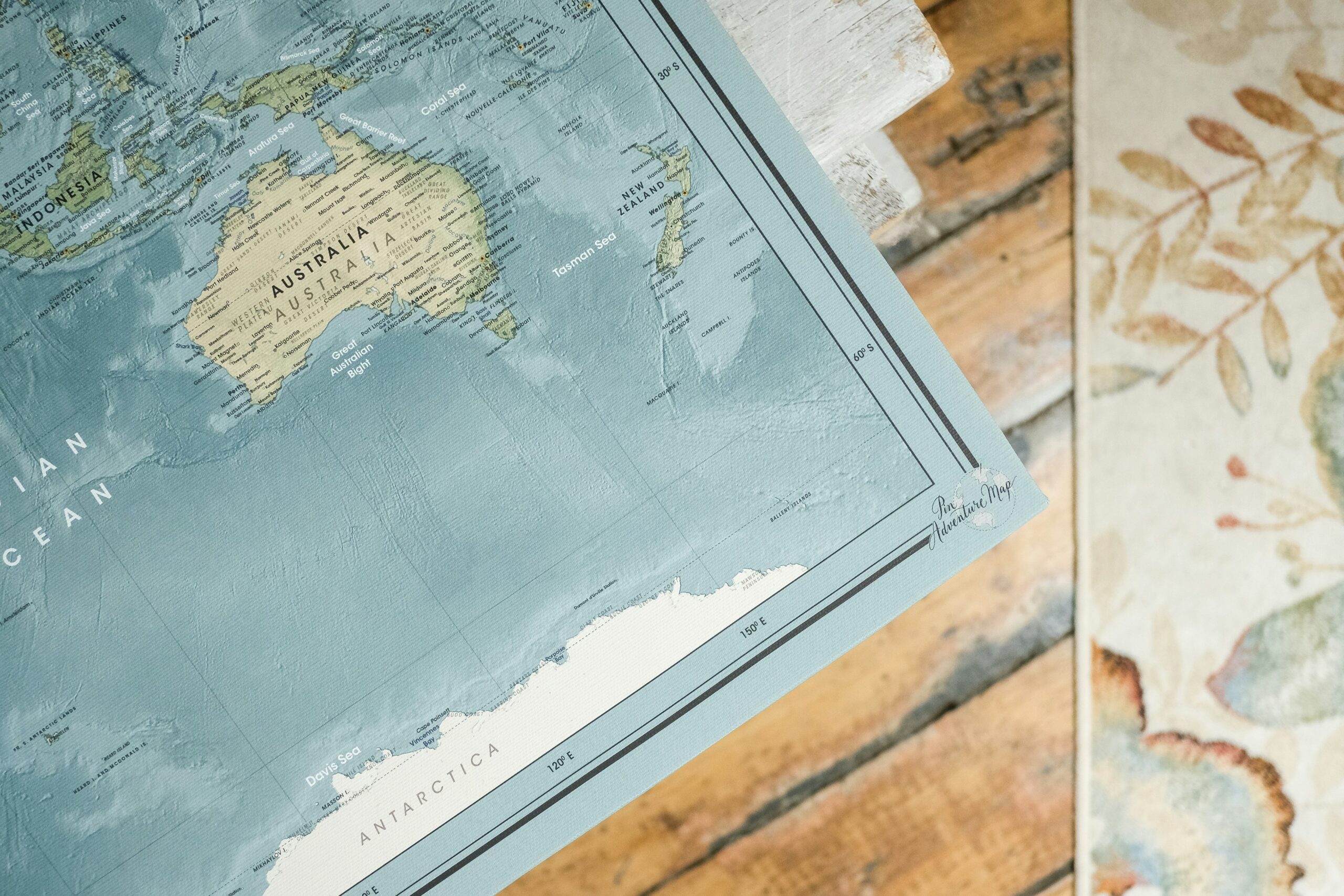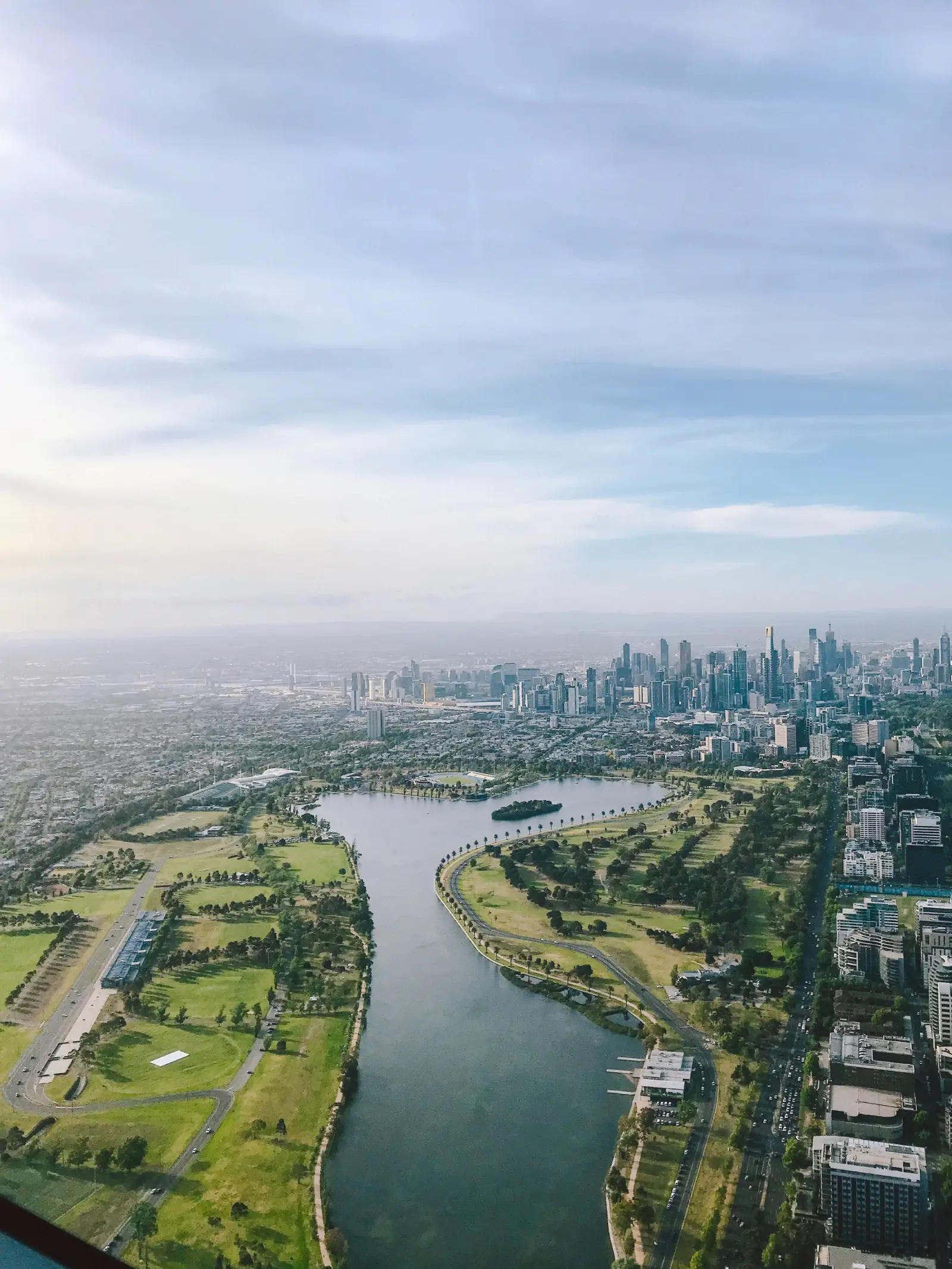Discover Australian Visa Types in this comprehensive guide. From short-term tourist visas to skilled migration options and family reunification, explore the various visa types available for travel, study, work, and permanent residency in the land down under. Learn about eligibility criteria, application processes, and the incredible opportunities that await in Australia.
Table of Contents
AUSTRALIAN VISA TYPES
When exploring Australia’s diverse landscapes, vibrant cities, and unique culture, obtaining the right Australian Visa Types is essential.
Whether you’re planning a short-term visit, pursuing higher education, seeking employment opportunities, or considering permanent residency, understanding the different visa types available is crucial.
In this comprehensive guide, we will walk you through the various Australian visa categories, their eligibility requirements, and key features to help you navigate the Australian immigration system with ease.
VISITOR VISAS
Tourist Visa
The Tourist Visa is designed for individuals who wish to visit Australia for a short period, typically for tourism, recreation, or visiting family and friends. It allows visitors to explore the country’s iconic landmarks, pristine beaches, and natural wonders.
To obtain a Tourist Visa, applicants must meet specific eligibility criteria, including demonstrating genuine intentions to visit, having adequate financial means to support their stay, and possessing valid health insurance.
The visa allows for a stay of up to three, six, or twelve months, depending on the visa subclass granted, with multiple entries permitted during the validity period.
Working Holiday Visa
The Working Holiday Visa provides an exciting opportunity for young travelers (usually aged between 18 and 30) from eligible countries to explore Australia while supplementing their travel funds through short-term employment.
This visa category fosters cultural exchange by allowing individuals to work, study, and travel within the country.
Applicants must meet age and nationality requirements, possess sufficient funds to support themselves initially, and be willing to engage in temporary employment.
The Working Holiday Visa generally allows a stay of up to 12 months and offers the possibility of extending the visa by completing specific regional work requirements.
STUDENT VISAS
Student Visa Subclass 500
Australia is renowned for its high-quality education institutions, making it a popular destination for international students.
The Student Visa Subclass 500 enables individuals to undertake full-time study at a registered educational institution in Australia.
To qualify for this visa, applicants must receive an offer of enrollment from an eligible educational institution, demonstrate proficiency in the English language, provide evidence of financial capacity, and obtain Overseas Student Health Cover (OSHC).
The visa allows students to work limited hours during their studies and includes provisions for dependent family members to join them.
Temporary Graduate Visa Subclass 485
Upon completing their studies in Australia, international students may be eligible for the Temporary Graduate Visa Subclass 485.
This visa provides an opportunity for recent graduates to gain work experience and potentially transition to permanent residency.
The Temporary Graduate Visa has two streams: the Graduate Work stream and the Post-Study Work stream. The eligibility criteria differ for each stream, and applicants must apply within specific timeframes after completing their studies.
The visa duration varies depending on the stream, allowing graduates to work full-time in Australia and gain valuable professional experience.
SKILLED MIGRATION VISAS
Australia offers several skilled migration visa options to attract individuals with in-demand skills and qualifications.
Skilled Independent Visa Subclass 189
The Skilled Independent Visa Subclass 189 is a points-based visa that allows skilled workers who are not sponsored by an employer, a state, or a territory to live and work permanently in Australia.
Applicants must meet the points threshold based on factors such as age, English language proficiency, occupation, and educational qualifications.
Skilled Nominated Visa Subclass 190
The Skilled Nominated Visa Subclass 190 requires state or territory nomination and is suited for individuals who possess skills that are in demand within a specific region of Australia.
Applicants must fulfill both the criteria specified by the state or territory and the Department of Home Affairs.
Skilled Work Regional (Provisional) Visa Subclass 491
The Skilled Work Regional (Provisional) Visa Subclass 491 is designed to encourage skilled workers to settle in regional areas of Australia.
This visa requires nomination by either a state or territory government or sponsorship by an eligible family member residing in a designated regional area.

EMPLOYER-SPONSORED VISAS
Australia offers various visa options for skilled workers who have a sponsoring employer in the country.
Temporary Skill Shortage Visa Subclass 482
The Temporary Skill Shortage (TSS) Visa Subclass 482 allows employers to address temporary skill shortages by sponsoring overseas workers to fill specific positions.
The visa has three streams: the Short-Term stream, the Medium-Term stream, and the Labour Agreement stream, each with its own requirements and conditions.
Employer Nomination Scheme Visa Subclass 186
The Employer Nomination Scheme (ENS) Visa Subclass 186 provides a pathway to permanent residency for skilled workers who have been nominated by an Australian employer.
The visa has three streams: the Direct Entry stream, the Temporary Residence Transition stream, and the Agreement stream.
FAMILY AND PARTNER VISAS
Australia recognizes the importance of family reunification and offers several visa options for partners and family members of Australian citizens, permanent residents, or eligible New Zealand citizens.
Partner Visa Subclass 820/801
The Partner Visa Subclass 820/801 enables spouses or de facto partners of Australian citizens or permanent residents to live and work in Australia.
This visa is granted in two stages, with the temporary visa (Subclass 820) initially granted, followed by the permanent visa (Subclass 801) after a stipulated waiting period.
Parent Visa
The Parent Visa category allows parents of Australian citizens, permanent residents, or eligible New Zealand citizens to join their children in Australia.
This visa category includes both contributory and non-contributory options, each with different processing times, costs, and requirements.

HUMANITARIAN AND PROTECTION VISAS
Australia provides avenues for individuals seeking protection or humanitarian assistance.
Refugee and Humanitarian Program
The Refugee and Humanitarian Program offers protection to individuals who are subject to persecution in their home country or are displaced due to armed conflict or humanitarian crises.
This program includes both offshore and onshore visa categories, each with specific criteria and application processes.
Protection Visa
The Protection Visa is for individuals who are in Australia and are in need of protection as refugees or as a result of other humanitarian circumstances.
Applicants must meet the legal definition of a refugee and undergo a rigorous assessment process to determine their eligibility.
Please read more about Australian Visa Type and Immigation on Australia Home Affairs Official website.





